A simple tutorial on how to cook sago! Learn the easy technique of how to make them soft yet chewy.
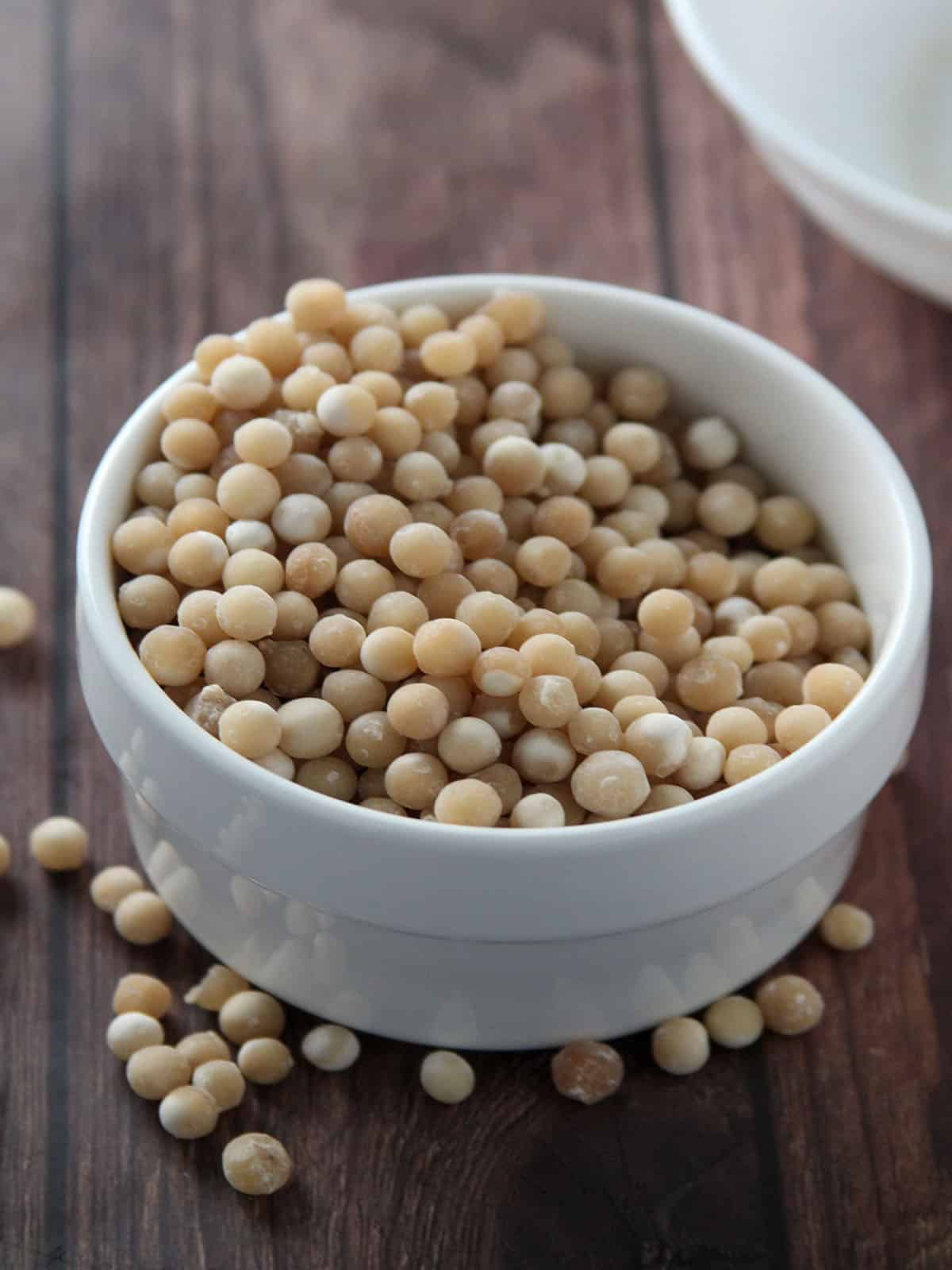
Sago is an edible starch extracted from the pith or spongy center of tropical palm trees. It is commercially produced and sold in the form of “pearls” or small balls.
The raw sago is white and opaque. When cooked, the sphere swells to nearly twice its original size and becomes translucent and partly gelatinized.
Sago vs Tapioca Pearls
Sago is not the same as the black pearls or boba pearls that have been popularized by bubble tea or milk tea. These are called tapioca pearls and are made from the tubers of the cassava plant. Both sago and tapioca pearls are flavorless starches that are used in cooking and baking. Sago is often white and opaque, while tapioca pearls can be found in an assortment of colors.
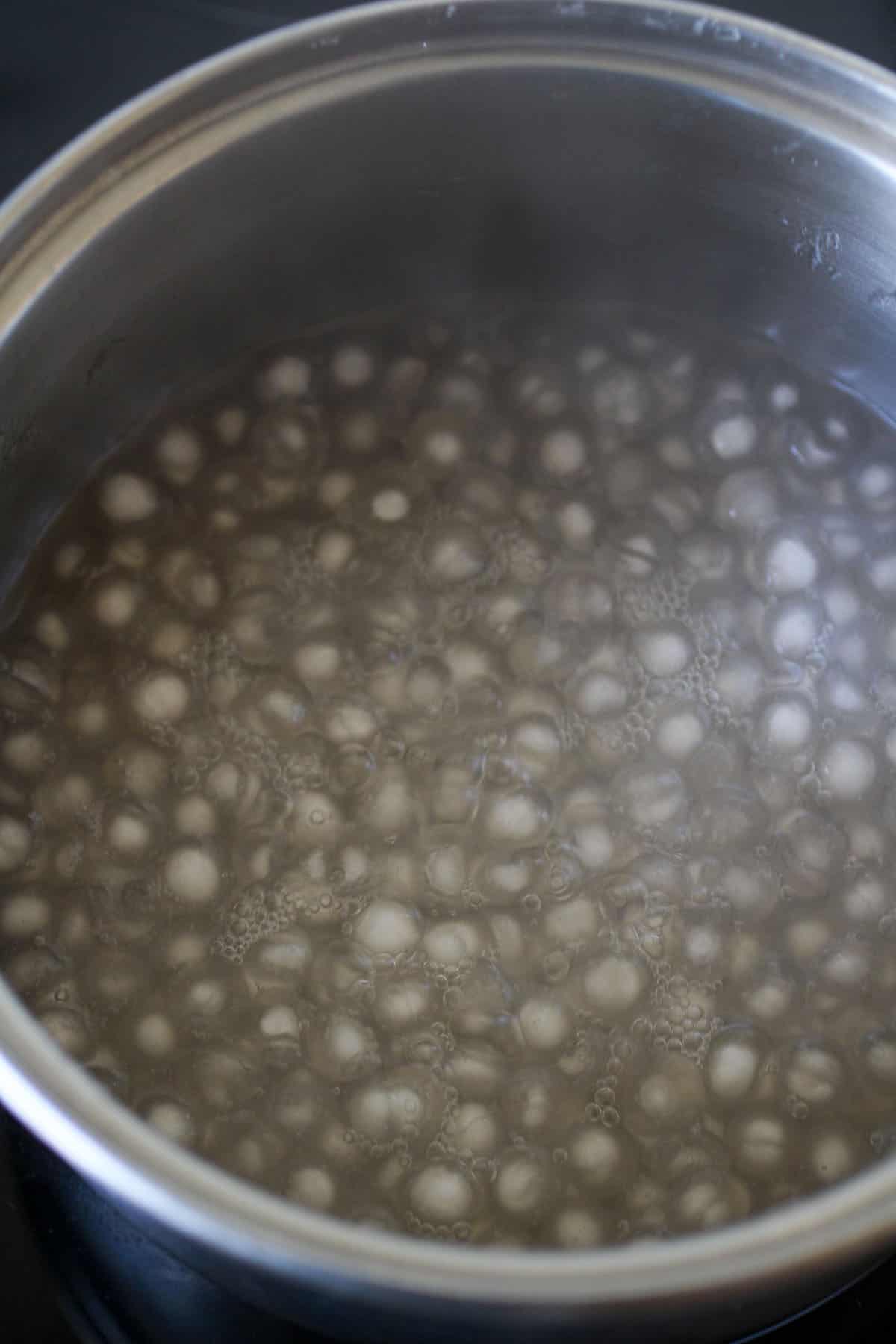
Cooking method for large pearls
These spheres are really easy to prepare, requiring only, for the most part, boiling in water until translucent. But if you want them chewy or what I describe as "a bite with a fight," try my technique below. The process takes a little more effort and quite a few changes of fresh water, but the resulting texture makes the work worth it!
- Bring enough water to cover sago pearls to a boil in a pot over medium heat. Add sago pearls, stir gently, and cook for about 10 minutes or until translucent. Remove from heat, rinse well, and drain.
- In the pot, add the boiled sago and enough cold water to cover. Cook over medium heat, stirring occasionally, and bring to a gentle boil. When water has boiled for about 6 to 10 minutes, remove from heat, rinse well, and drain.
- In the pot, add the boiled sago and enough cold water to cover, and again, bring to a gentle boil. Continue to boil for about 6 to 10 minutes. Remove from heat, rinse well, and drain.
- Repeat the process until the pearls are tender but chewy and translucent with no white in the center.
- Under cold, running water, rinse the cooked sago a few times to remove excess starch. Keep in a bowl of cold water or in simple syrup until ready to use.
Cooking method for small pearls
Sago comes in varied sizes, and the mini ones are easier and quicker to cook.
- Bring enough water to cover sago pearls to a boil in a pot over medium heat.
- Add mini sago pearls, stirring regularly. Boil uncovered, stirring occasionally, for about 8 to 10 minutes or until partially translucent.
- Turn off the heat, cover the pot with a lid, and let the sago stand for about 8 to 10 minutes or until completely translucent.
- Using a fine mesh sieve, rinse the cooked sago under cold running water to remove excess starch. Drain well.
- Keep in a bowl of cold water until ready to use.
Helpful tips
- Do not wash the soak or soak them in water prior to cooking. They're made of starch, and contact with liquid will dissolve the balls.
- Use plenty of water and bring to a rolling boil before adding the sago to help them from sticking together.
- Stir regularly during cooking to distribute heat and allow even cooking.
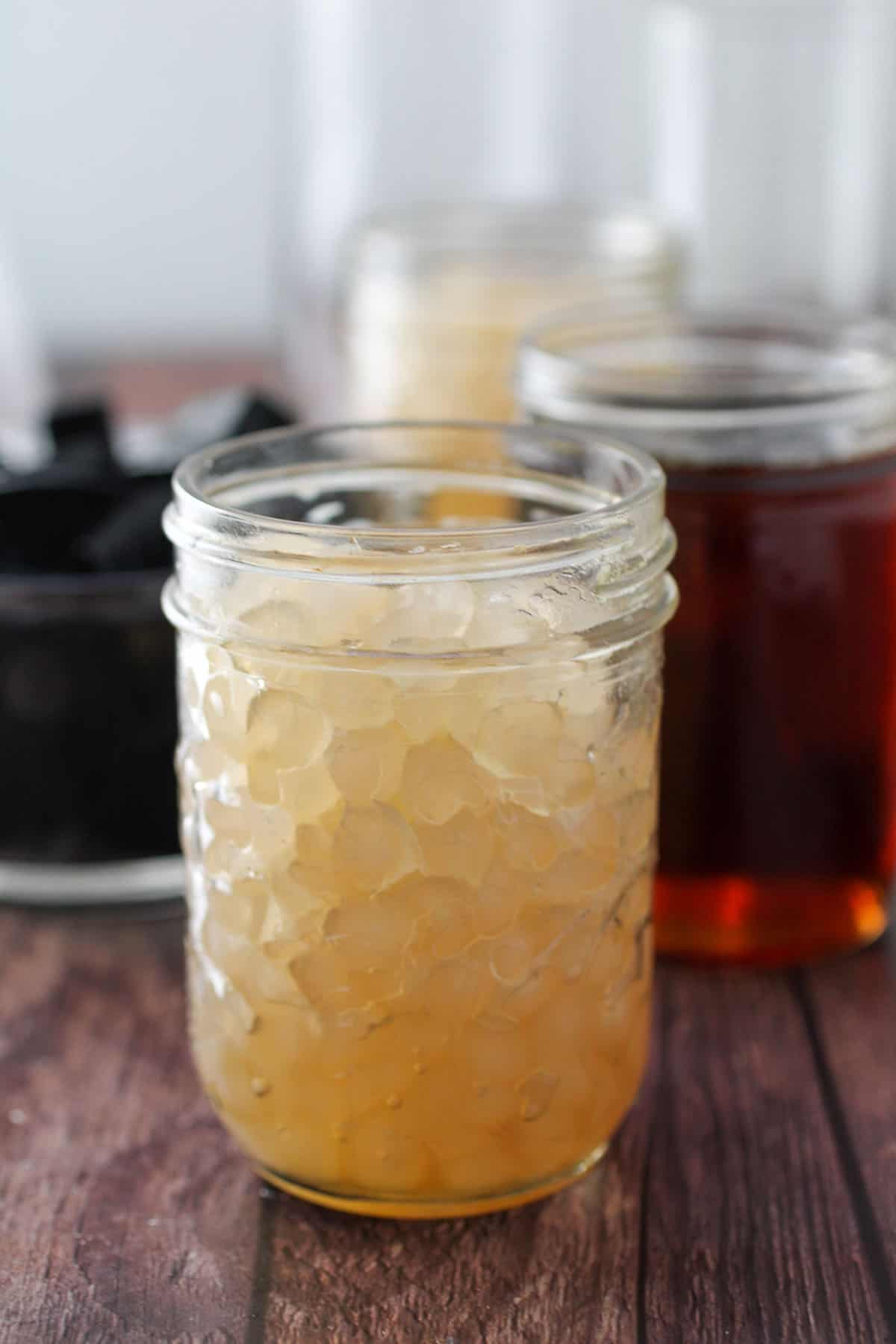
Serving suggestions
Sago is widely used in beverages and desserts. Here are some of my favorite recipes using these chewy balls.
- Ginataang Bilo Bilo-a delicious concoction of palm fruits, tubers, banana, glutinous rice balls, jackfruit, and sago stewed in coconut milk
- Sago at Gulaman-a refreshing summer cooler made with gulaman cubes, sago, and simple syrup.
- Ginumis-a shaved ice dessert, much like the classic Filipino halo-halo, but uses gulaman cubes, sago, pinipig, and coconut milk.
- Buko Salad Drink-a must try! A rich and creamy drink filled with gulaman cubes, young coconut strips, nata de coco, sago, condensed milk, and coconut milk.
How to store
I usually keep freshly-prepared sago in a bowl of cold water until ready to use to keep them from sticking together. If I plan to use them in a day or two, I store them in a sterilized jar with simple syrup and refrigerate them for longer storage.
Ingredients
- water
- 1 package (14 ounces) uncooked sago pearls
For the Simple Syrup
- 2 cups brown sugar
- 2 cups water
Instructions
For the large sago
- In a pot over medium heat, bring enough water to cover sago pearls to a boil. Add sago pearls, stir gently, and cook for about 10 minutes or until translucent. Remove from heat, rinse well, and drain.
- In the pot, add boiled sago and enough cold water to cover. Cook over medium heat, stirring occasionally, and bring to a boil. When water has boiled for about 6 to 10 minutes, remove from heat, rinse well, and drain.
- In the pot, add enough cold water to cover the sago, and again, bring to a boil.
- Repeat the process until the pearls are tender but chewy and translucent with no white in the center.
- Under cold, running water, rinse sago a few times to remove excess starch.
- Keep in a bowl of cold water or in simple syrup until ready to use.
For the mini sago
- Bring enough water to cover sago pearls to a boil in a pot over medium heat.
- Add mini sago pearls, stirring regularly. Boil uncovered, stirring occasionally, for about 8 to 10 minutes or until partially translucent.
- Turn off the heat, cover the pot with a lid, and let the sago stand for about 8 to 10 minutes or until completely translucent.
- Using a fine mesh sieve, rinse the cooked sago under cold running water to remove excess starch. Drain well.
- Keep in a bowl of cold water until ready to use.
For the Simple Syrup
- In a sauce pot over medium heat, combine sugar and water. Cook, stirring regularly, until the sugar has dissolved.
- Allow to slightly cool. Transfer sago into a clean bottle and pour in syrup.
Notes
- Do not wash the soak or soak them in water prior to cooking. They're made of starch, and contact with liquid will dissolve the balls.
- Use plenty of water and bring to a rolling boil before adding the sago to help them from sticking together.
- Stir regularly during cooking to distribute heat and allow even cooking.
Nutrition Information
“This website provides approximate nutrition information for convenience and as a courtesy only. Nutrition data is gathered primarily from the USDA Food Composition Database, whenever available, or otherwise other online calculators.”

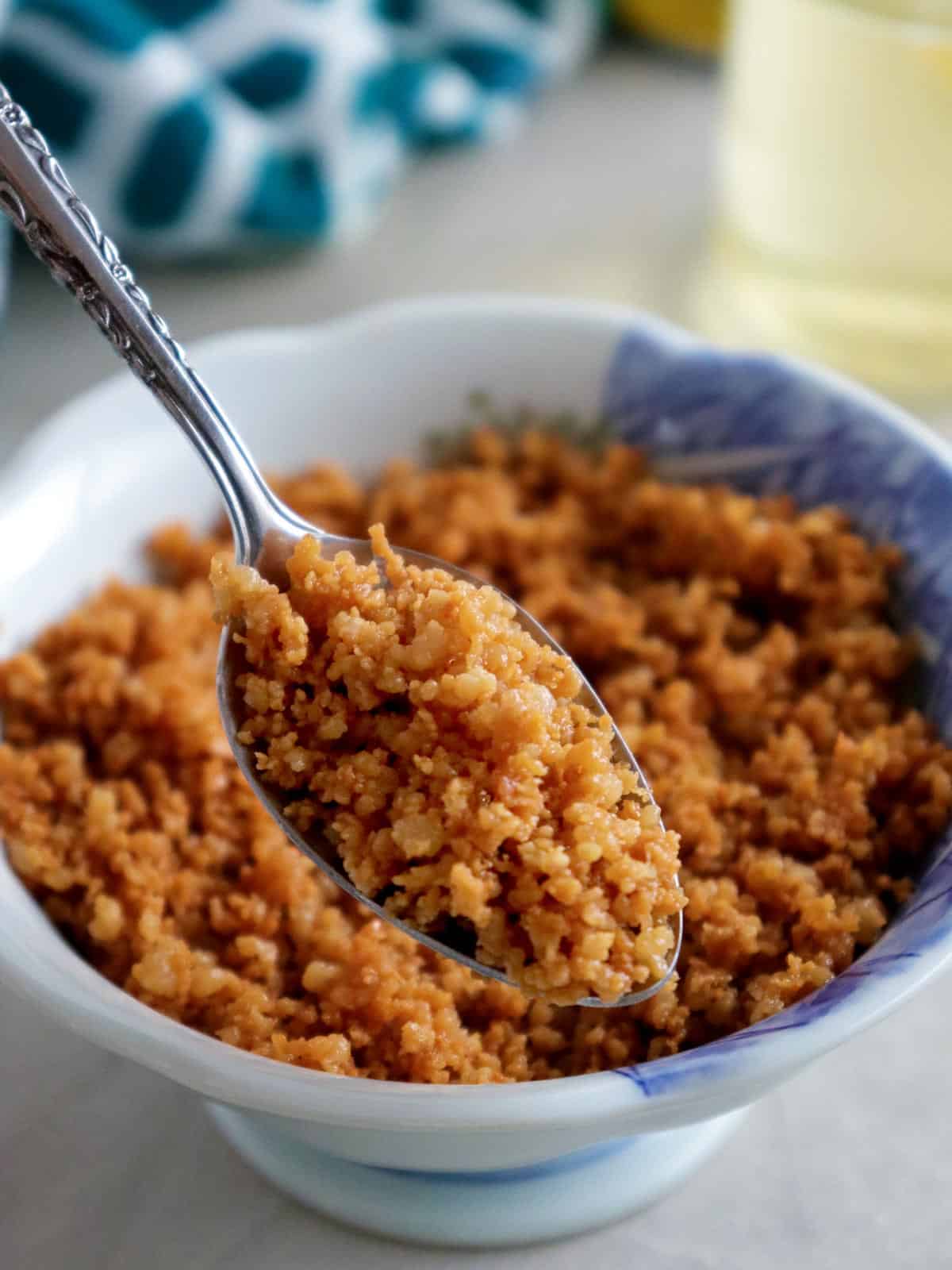
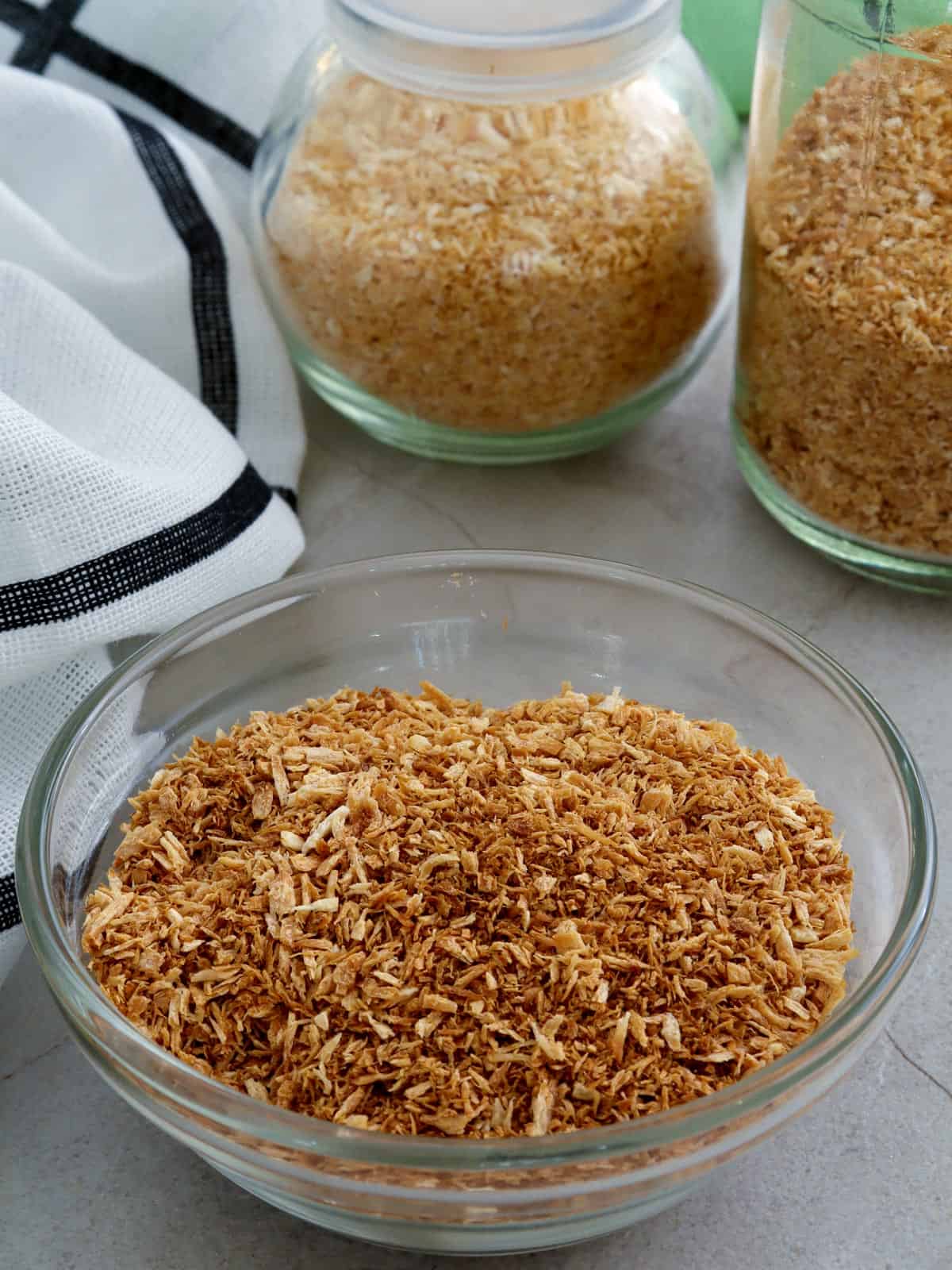
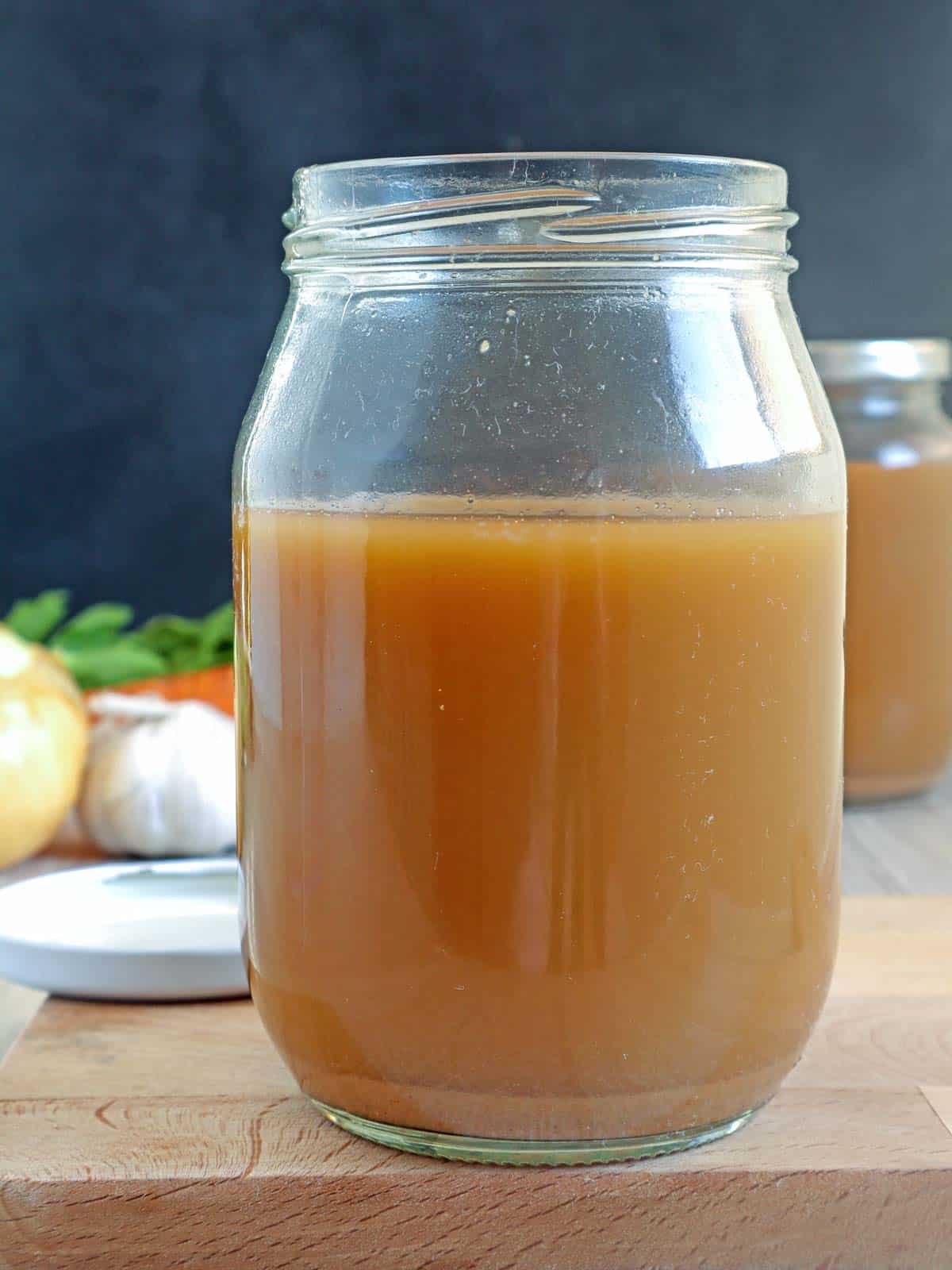
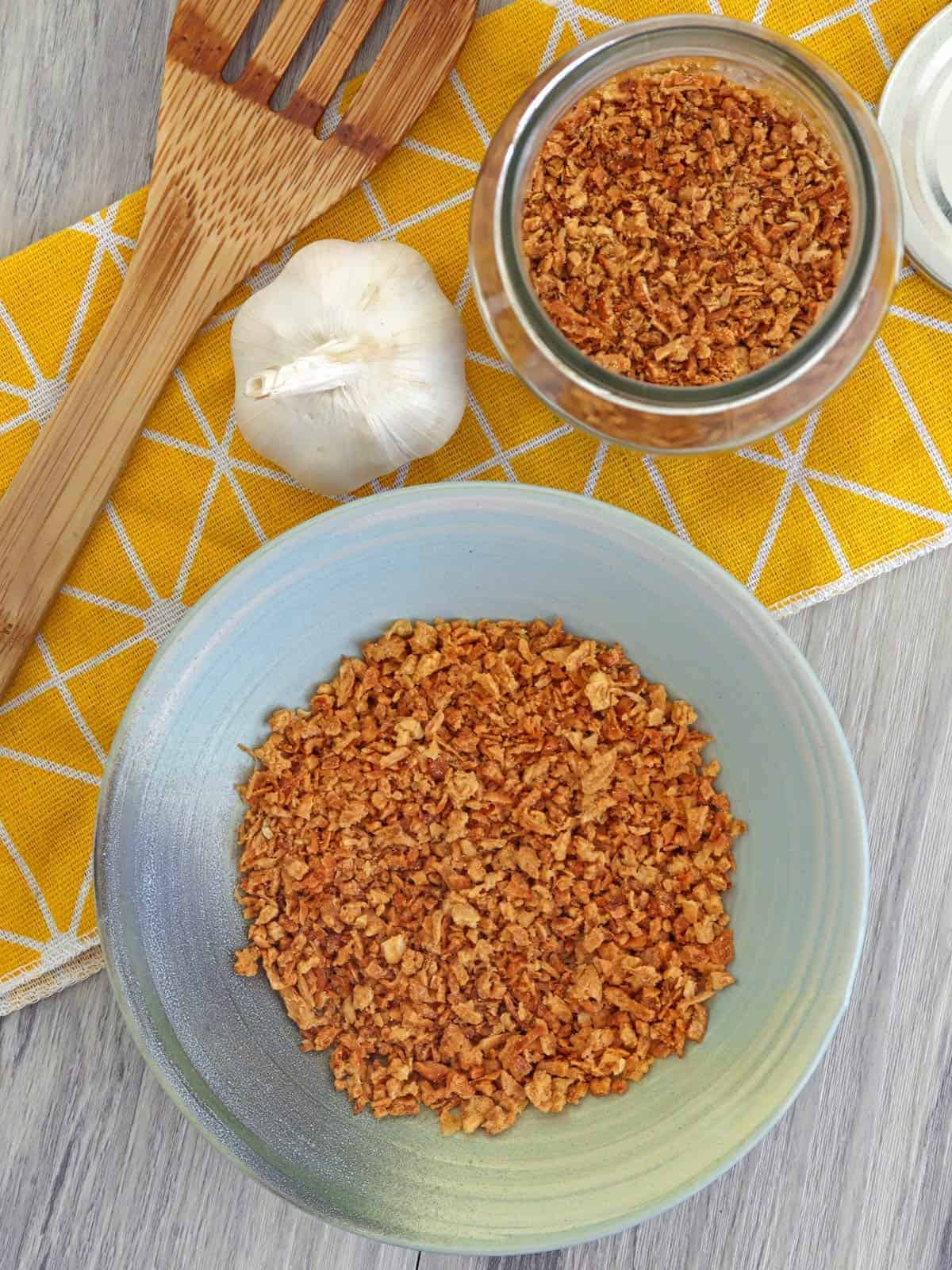
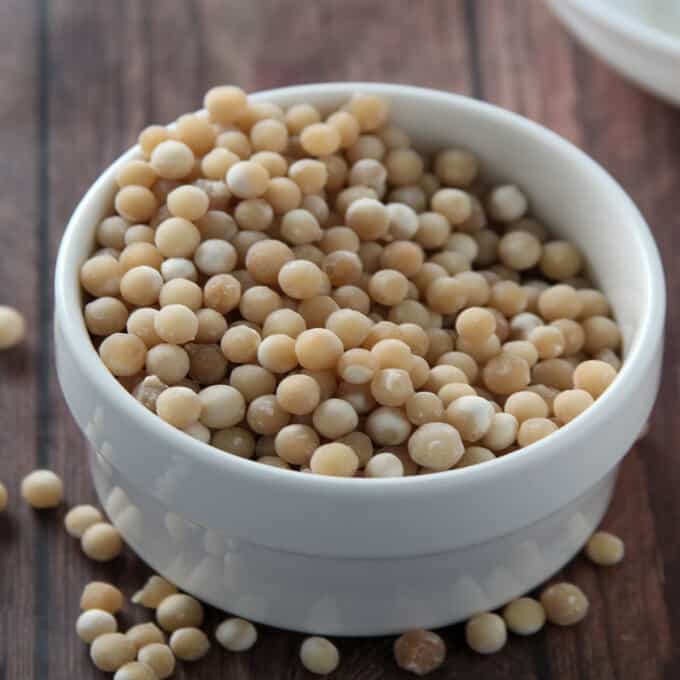
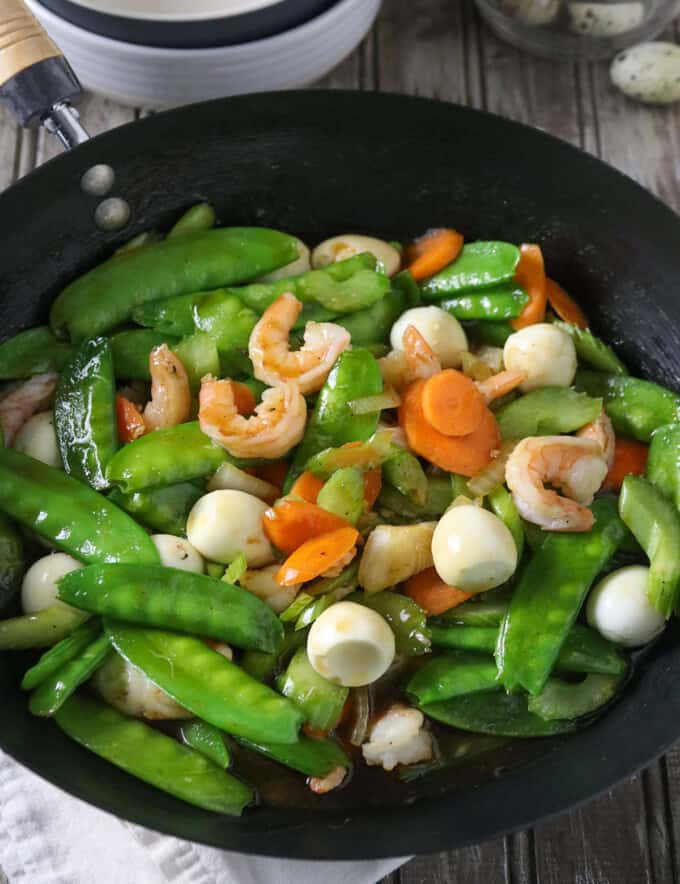
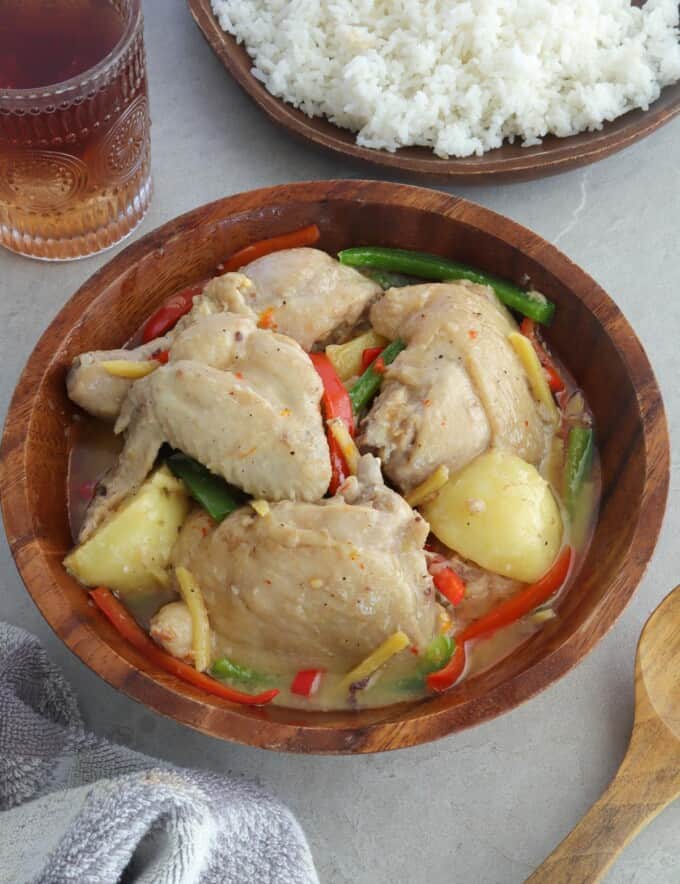
Rose says
So the sago needs to be boiled 3x?
Melanie De Leon says
Thank you for sharing. Is there a particular brand of raw sago you buy? I want to experiment cooking sago soft with no chewy center.
More power,
Melanie
Marian says
just needed clarifications. correct me if i'm wrong, so you need to re-heat the pearls 3 times? cook then drain/rinse then repeat 2 more times?
Ma Recipes says
Cooking Sago is really hard!!
Nelia says
Hello, Lalaine,
Really fond of your website, esp Pampanga cooking... synonymous to delicious and tasty Filipino food.
Please bear with me if I have too many inquiries.
Question about your Ginisang Pusit... does longer cooking the pusit tend to make it tough and chewy?
Braising the pork hocks, do you mean pressure cooking?
How can I incorporate sitaw with Ginataang Hipon?
Thanks, Lalaine, and I am really blessed to come across your website. Thank you so much.
Will always be a follower.
Lalaine says
Hi Nelia
Thank you for your kind words, I am thankful that you find my website of help with your everyday cooking. I don't mind answering your questions and I am always glad to receive feedbacks.
1) In the ginisang pusit, it is not really cooked too long. At the first stage, just boil it with the vinegar just until it begins to change color. At the second stage, make sure the tomatoes are already softened and have released much of their juice before adding the pusit. I find the 10 minutes to be just enough cooking time for me but of course, you can decrease the time just until the pusit is done to your preference.
2) Braising means browning the meat and then cooking it in small amount of liquid until tender. You can brown the meat and transfer them to a pressure cooker if you like to speed up cooking. I've never tried it with paksiw na pata but I always cook my nilaga or sinigang in my pressure cooker.
3) I have a recipe already for ginataang sitaw at hipon. here is the link http://www.kawalingpinoy.com/2013/03/ginataang-kalabasa-sitaw-at-hipon-squash-long-beans-and-shrimp-in-coconut-milk/.
Again, thanks for your patronage. It brings me joy to know that people are actually reading my website 🙂 I will be glad to answer your cooking questions.
NETH MUENA says
Thank you ,good luck and God bLess.
Lalaine says
Thanks, Neth.